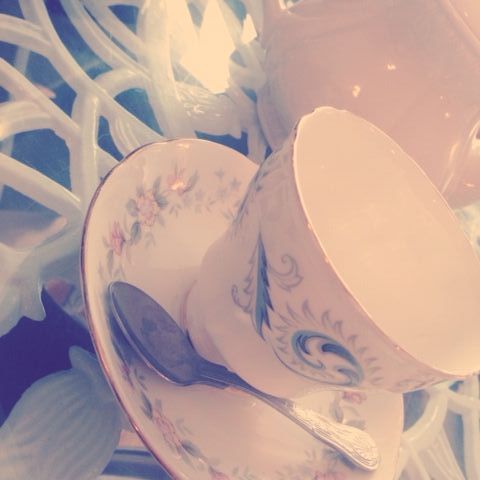visual scores
A score is traditionally a way to write down or communicate a musical composition. The word most likely comes from the five lines used, ‘scoring’ the page. They have a graphic language of their own, with staves, notes, bars, timings, and many other instructions.
Graphic scores became more popular around the 1950s (even though earlier examples exists), and was closely connected the way composers like Cage, Stockhousen and Feldman started to experiment and push the boundaries of sound, music and scores themselves. Graphic scores can be anything from images, text instructions, graphic imagery, scribbles…. Unlike ‘regular’ scores, they are not standardised in any way, and the performance of a visual score depends mainly on the imagination of the performer – encouraging improvisations and personal interpretations. One of the most famous graphic scores is British composer Cardews ‘Treatsie’. Cardew was a composer and improviser, who was interested in breaking down the barriers of traditional music making. There shouldn’t be a need for anyone to spend years learning an instrument or to read ‘proper’ musical notation to be able to participate in music making. Graphic scores are a way to democratise the process of making sound and music – anyone can have a go at performing them, and no performance will be ‘better’ than any other.
For many composers working with graphic scores, the visual score itself often became an extension of the musical or sound work, important and interesting in its own right.
For the last few years, I have been very interested in how we experience sounds as part of our inner world of thoughts and emotions – what I have defined as ‘inner sounds’. The idea of inner sound is something people often, at first, claim they have never experienced. After thinking about it for a while, many come to realise they do experience sounds within their minds – almost like we need a slight refocus of our inner sensibilities to discover these inner sounds. Inspired by graphic scores, I often use images to try and ‘tease out’ peoples inner sounds. Images, or photographs, seem to have an ability to act as triggers or starting points for people to refocus on their inner sounds.
In a similar fashion, I think words and concepts can also be used to access our inner sound world. Does ‘kindness’ have a sound? What is the sound of ‘darkness’?
My visual scores use both words and images, to tap into both methods discussed above. The scores, although influenced by inner listening, is just an encouragement to LISTEN – to inner our outer sounds. I find graphic scores interesting in the way they allow anyone a starting point to practice their listening skills, and perhaps to start thinking about the sounds they experience as part of their thoughts and inner worlds (‘the sound of kindness’ for example). They ask us to re-examine our relationship to sound, and listening, both in the outer world and our inner worlds.

LOOK AT THE IMAGE.
THINK OF A SOUND THE IMAGE SUGGESTS.
LISTEN, IN SILENCE.